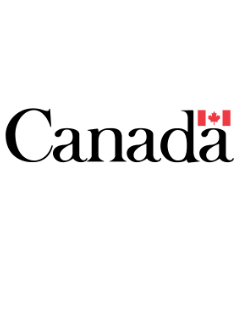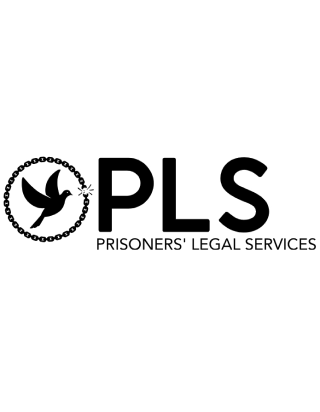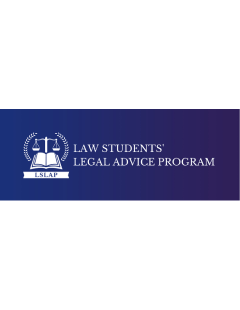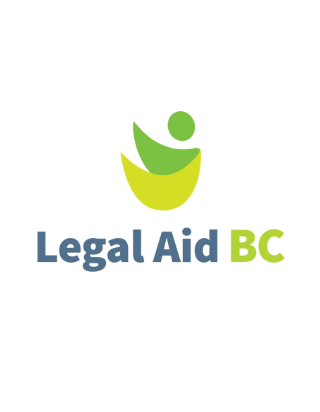
Steps in a Criminal Case
Provincial Court of British Columbia
Explains the steps of a criminal case, with links to details about the bail hearing, the initial appearance, the arraignment hearing, the preliminary hearing, the Provincial Court trial, and sentencing.
Last reviewed October 2024



